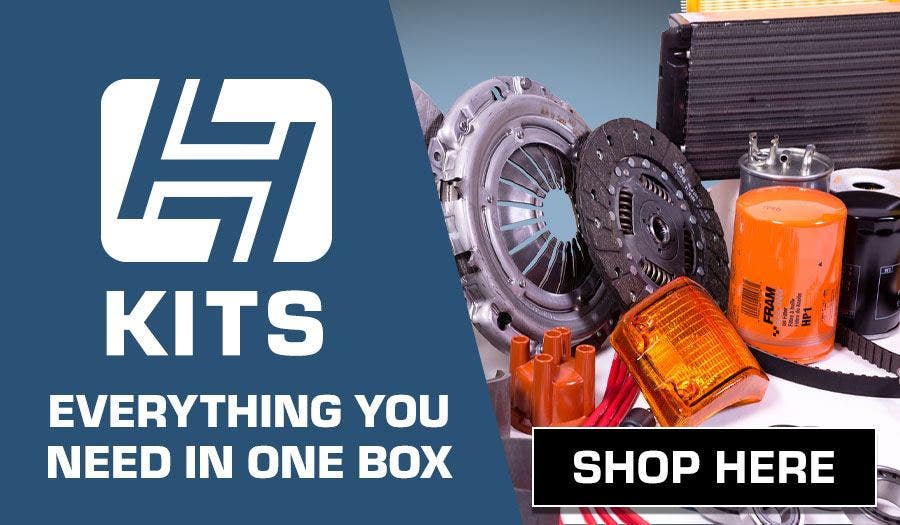Seven Ways To Improve Your Classic Car Brakes
Braking is a pretty essential part of driving. It can be fun if you do it late and get around a corner faster than before. But it can be scary too, potentially leading to disaster if your brakes aren’t up to scratch. By today’s standards, your classic car brakes are pretty terrible and a lack of servo is enough to send most running for a modern super-mini. In reality, we know they work adequately, but here are seven ways to improve your classic car brakes.
1. Fitting a Bigger Master Cylinder
Generating the braking force, to begin with, is your foot on the pedal. This actuates the Master Cylinder, either directly, or through a Brake Servo. It is considered an upgrade to fit a master cylinder with a larger internal bore for two reasons. The first is it offers a stiffer pedal as you are physically pushing a larger volume of fluid through the master cylinder. The second is it reduces the pedal travel. This is a modification common with track racers and fast road drivers, making it easier to dab on and off, or heel/toe the brakes helping to carry speed in corners. Sometimes the master cylinder upgrade is taken a step further by moving it directly to the rear of a custom pedal box. This serves two purposes. It removes an unsightly component from the engine bay if you are building a show car. It also offers the opportunity to adjust braking balance between the front and the rear, by using a different specification master cylinder for each circuit.
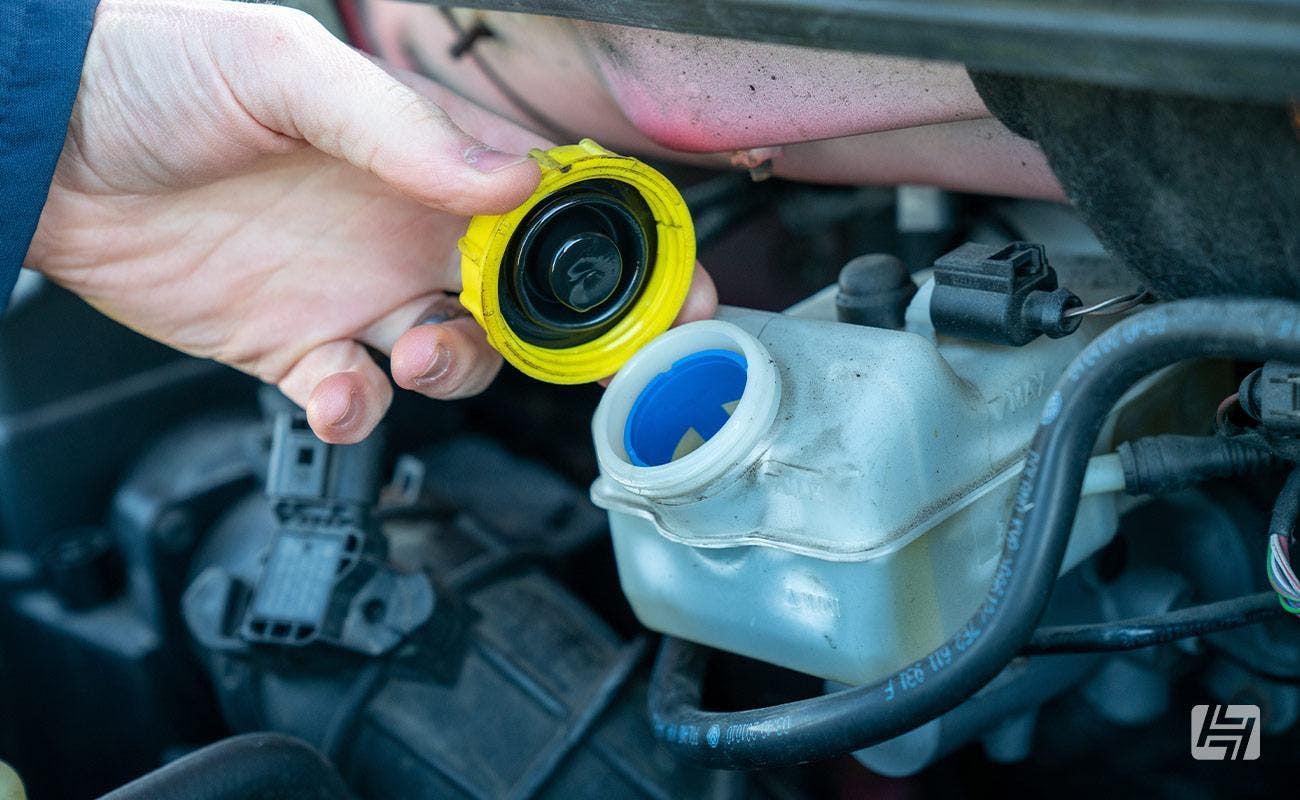

2. Fitting a Brake Servo
If improving brakes is more about safety and driver comfort for you, then fitting a brake servo to your classic car might be something to consider. A brake servo doesn't give you any more braking power, but through clever science using vacuum and atmospheric pressure against each other, the diaphragm inside the servo is pulled towards the master cylinder, assisting the driver and making the pedal easier to depress. The vacuum feed for the servo is taken from the air intake on a petrol engine or an auxiliary vacuum pump in the case of a diesel-engined vehicle. This is why your pedal feels stiffer when the engine is switched off.
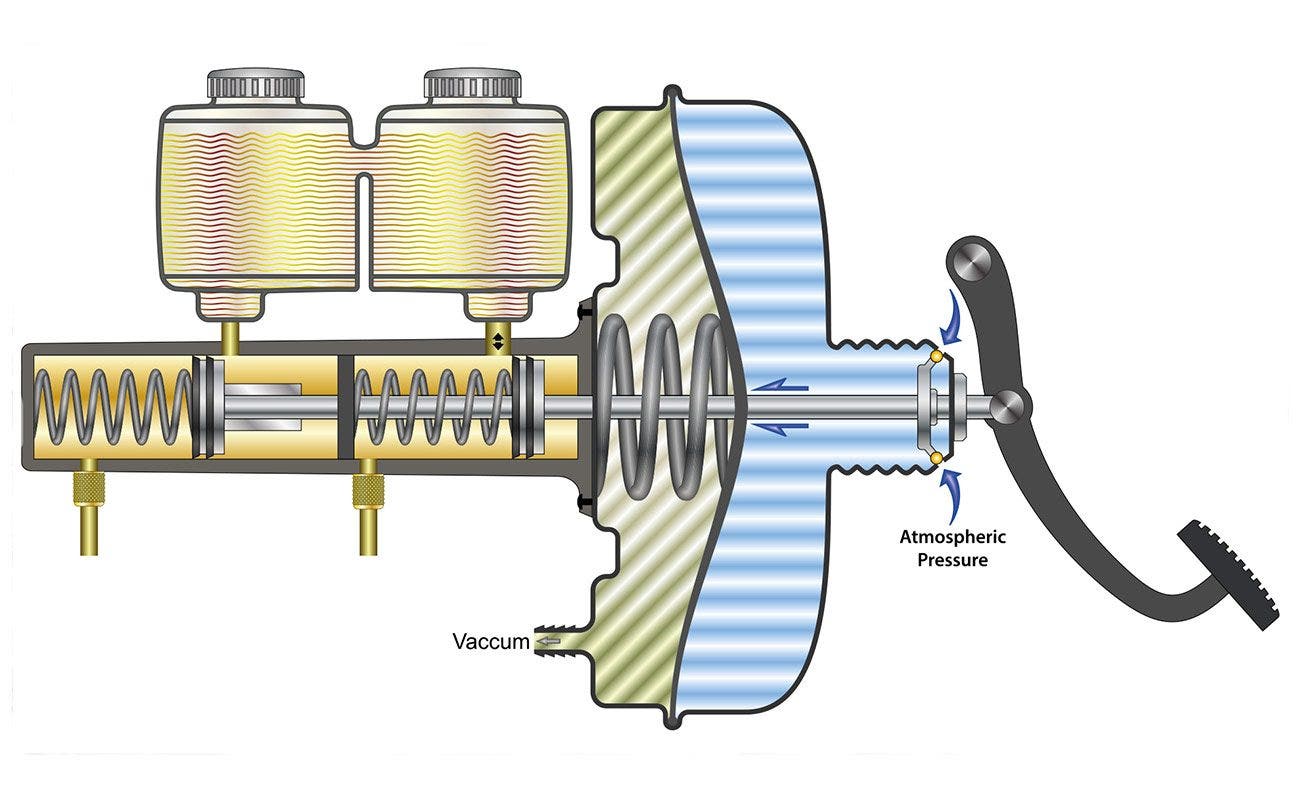

3. Stop your Brake Hoses flexing
The hydraulic brake fluid that flows from your master cylinder to each corner of your car is compressed and put under extreme pressure each time you brake. When using normal brake hoses this force is transferred to the sidewalls of the hose, making the rubber flex slightly. This takes some of the efforts of your pedal pressure away from the caliper or wheel cylinder. Want to make things better? We recommend fitting braided stainless brake hoses to your classic to improve this. With their braided stainless steel construction, they prevent atmospheric moisture from entering the brake system but more importantly, they won’t “give” under pressure, transmitting all your braking power from the pedal to the wheels, giving you a much more positive braking experience.
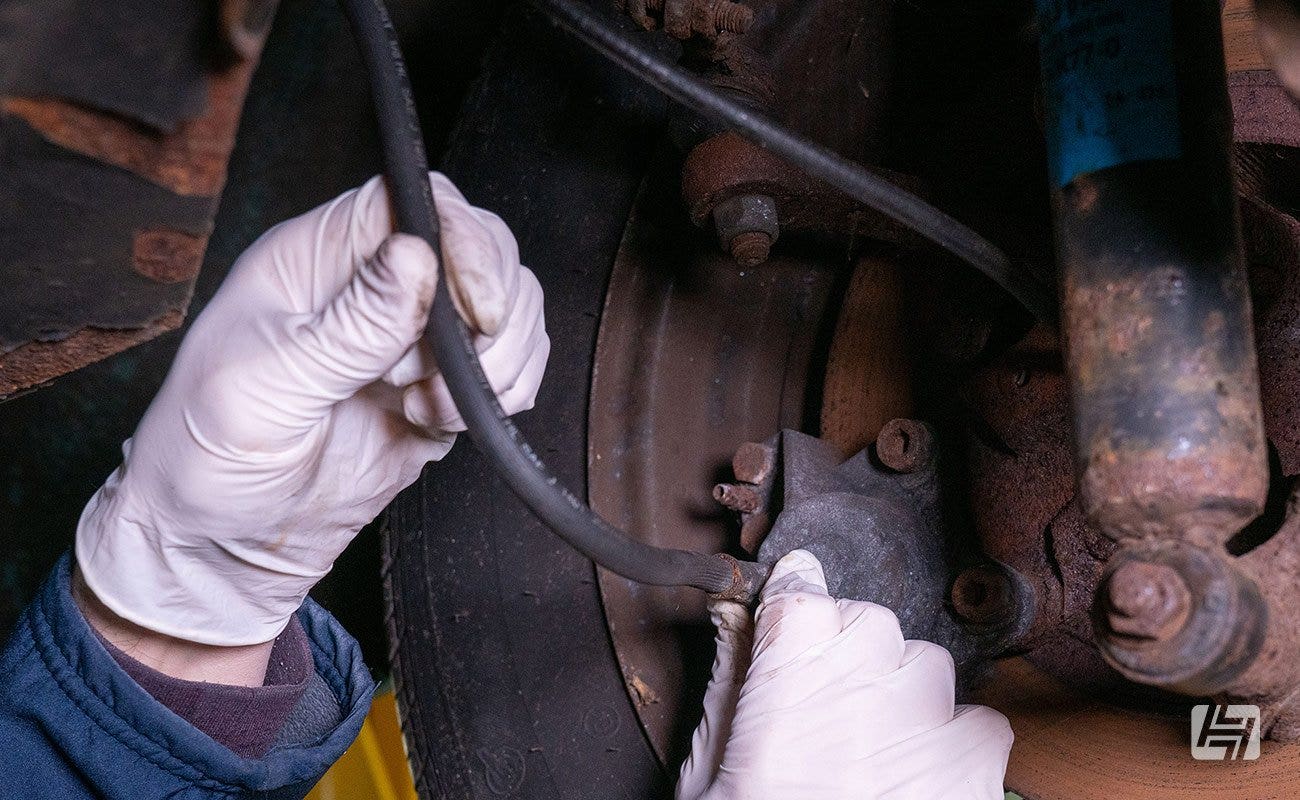

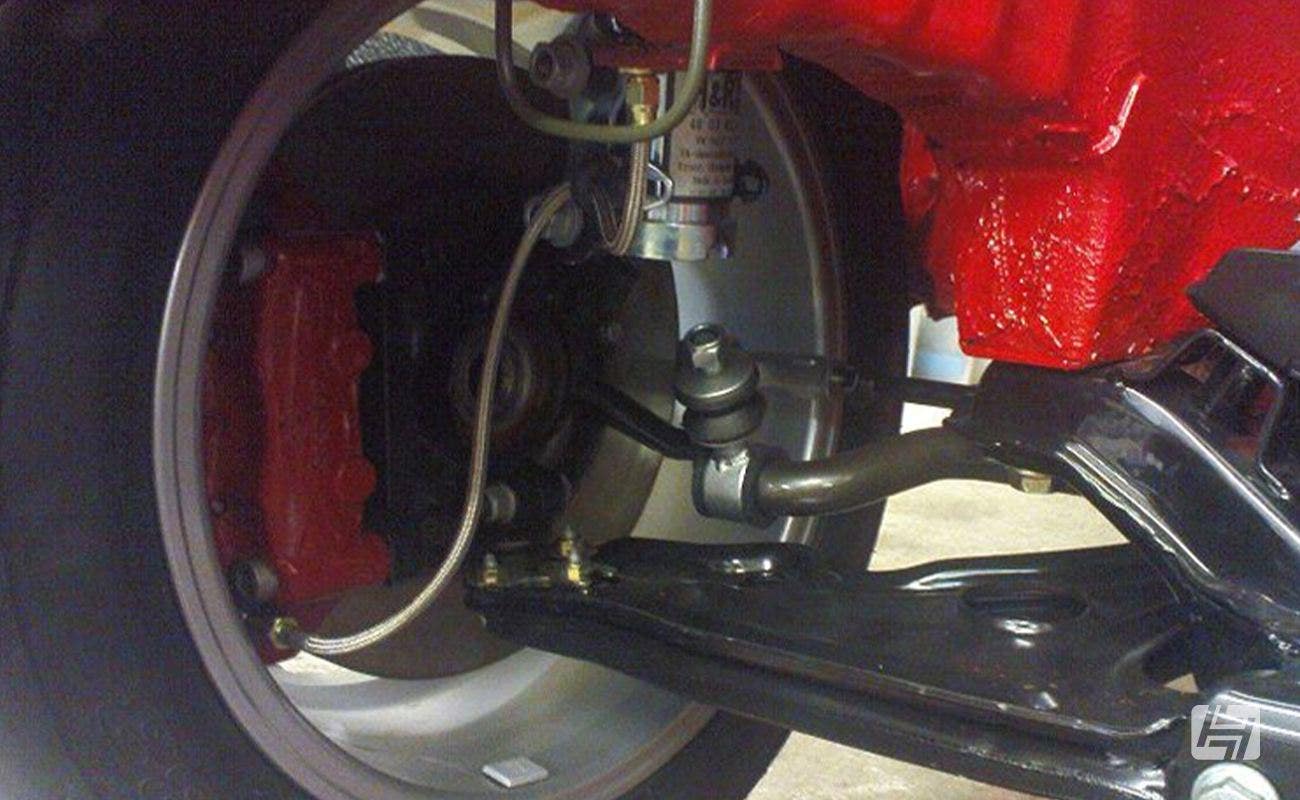

4. Choosing a high-performance brake pad
The principle behind stopping a wheel is simple; the brake pads are squeezed onto the rotating brake disc by the caliper. The resulting friction slows the disc to a halt. By choosing a pad with a higher friction coefficient you can slow the disc, and of course, the car that is attached to it, more quickly. In action you can brake in a shorter distance, or later for a corner on a race track which then equates to a faster lap time or increased safety, depending on your mindset! How do you take advantage? Simple...Pick up a performance brake pad set for your car. They fit the same as a normal set and will bring you to a halt in half the time (maybe a slight exaggeration). Do bear in mind these types of pads will wear faster, might be noisier and also create more brake dust... Nothing comes for free sadly!
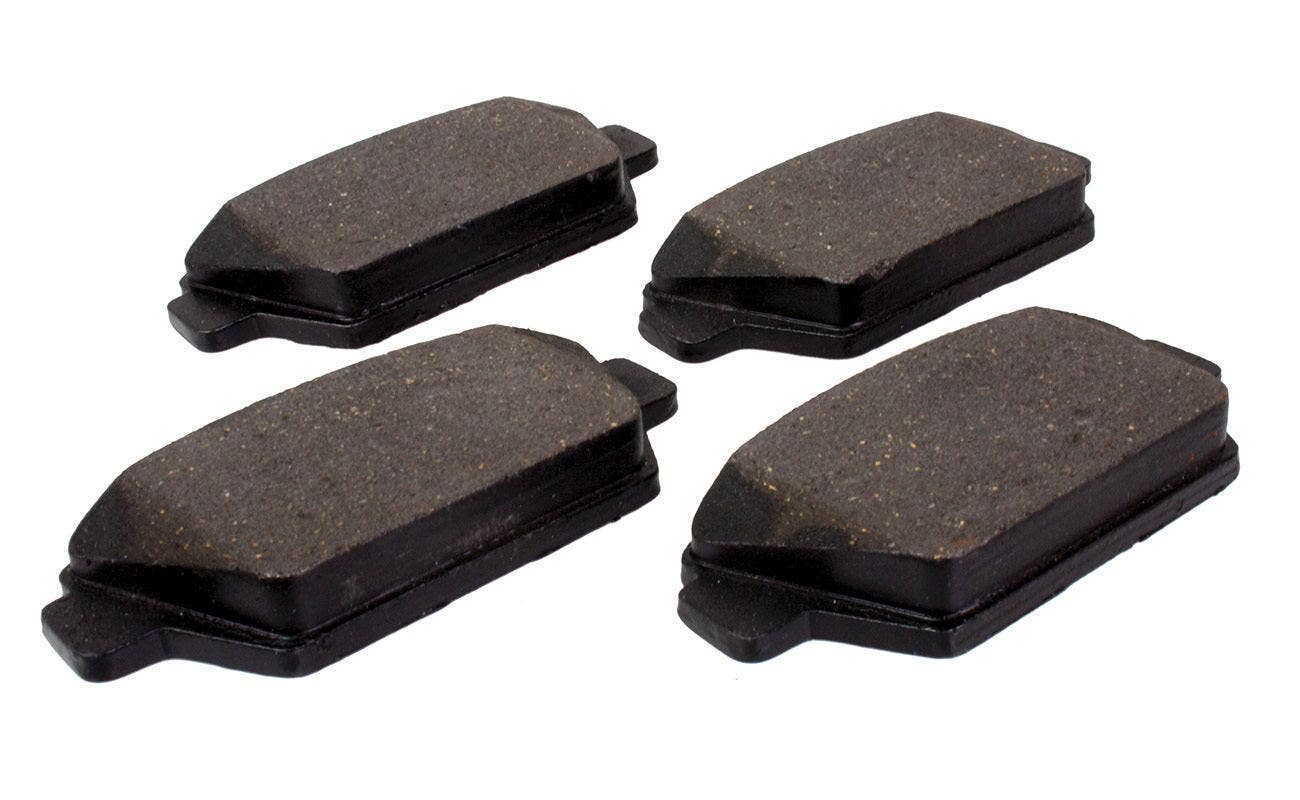

5. Stop your brake discs overheating
There are a few things that can be done to improve things with your brake discs too. We’ve left drums and shoes well alone – its a subject we’ll tackle another day, but they tend not to feature on a vehicle which is being used with optimum performance in mind. Swapping your stock discs for drilled examples can offer a little more in the stopping department. Drilled discs have a larger surface area, giving better cooling than a flat surface; ideal for heavy or continuous braking. Be it on a race track where you’re hard on the anchors for every other corner, or slowing down from motorway speeds over a long period. The holes help to combat brake fade, by letting heat disperse through them rather than building up between the disc and pad. The holes serve a double purpose when driving in the rain too, as with anything wet; tarmac, soap, fish, etc. their friction properties are less than perfect. The holes help to clear moisture from the surface to keep things as dry as possible. Grooved discs are also available and are mainly targeted at motorsport use, the grooves designed to dissipate heat better than the holes. The holes can weaken the disc structure slightly and can crack under extreme uses. Another feature of the grooves is to clean the surface of the brake pad, ensuring there is no glazed surface, but this does speed their appetite for eating pads creating more of that nasty dust – not a problem on a race car, but it'll spoil your freshly polished Fooks!
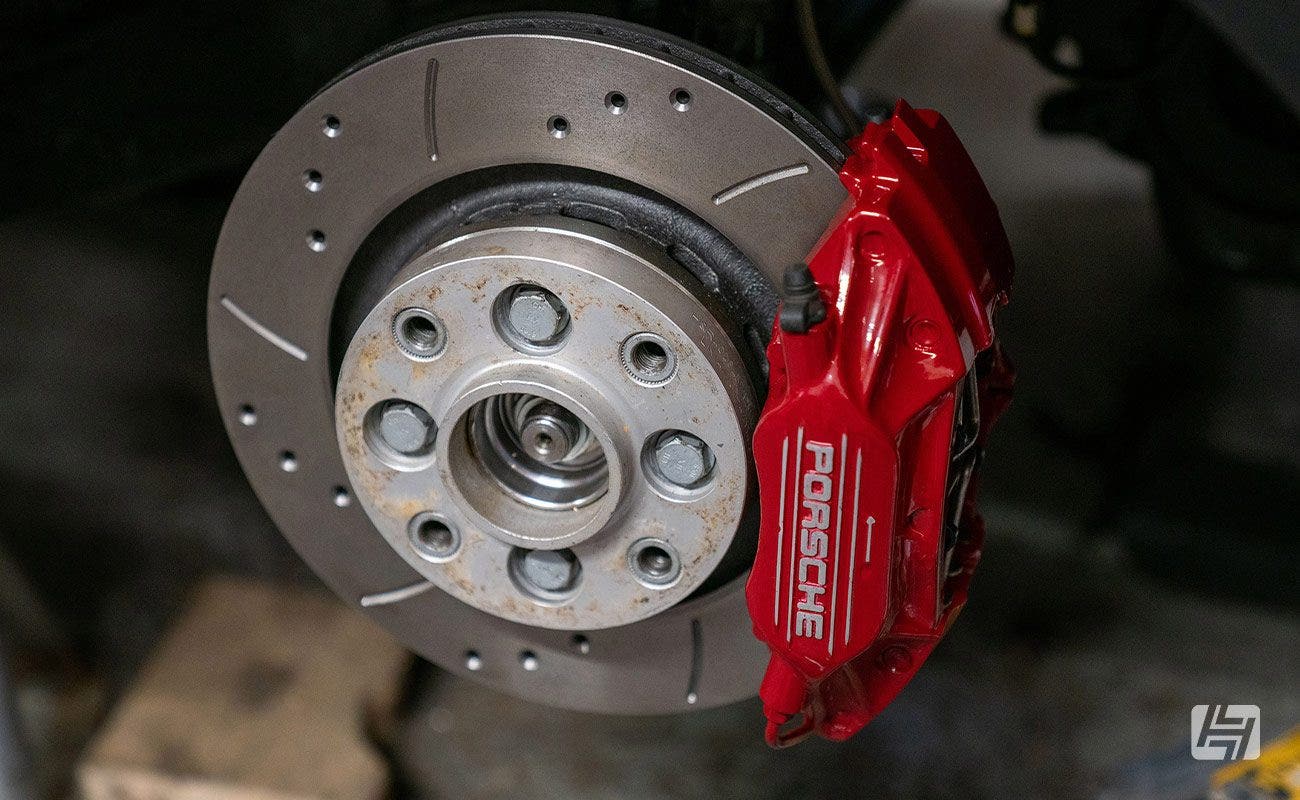

6. Fitting Bigger Brake Discs
Fitting a larger brake disc to your vehicle will give you more stopping power. Just as a longer breaker bar will aid in releasing a stubborn bolt, positioning your brake calipers and pads further away from the central point of rotation do the same for its ability to slow you down. The other benefit is a larger surface area for the heat to dissipate from. There is a downside, however, and that is a larger brake disc has a greater mass, and this is rotated as you drive. Although only a small difference, this is something you may wish to consider if your vehicle is underpowered or suffers from slower acceleration.
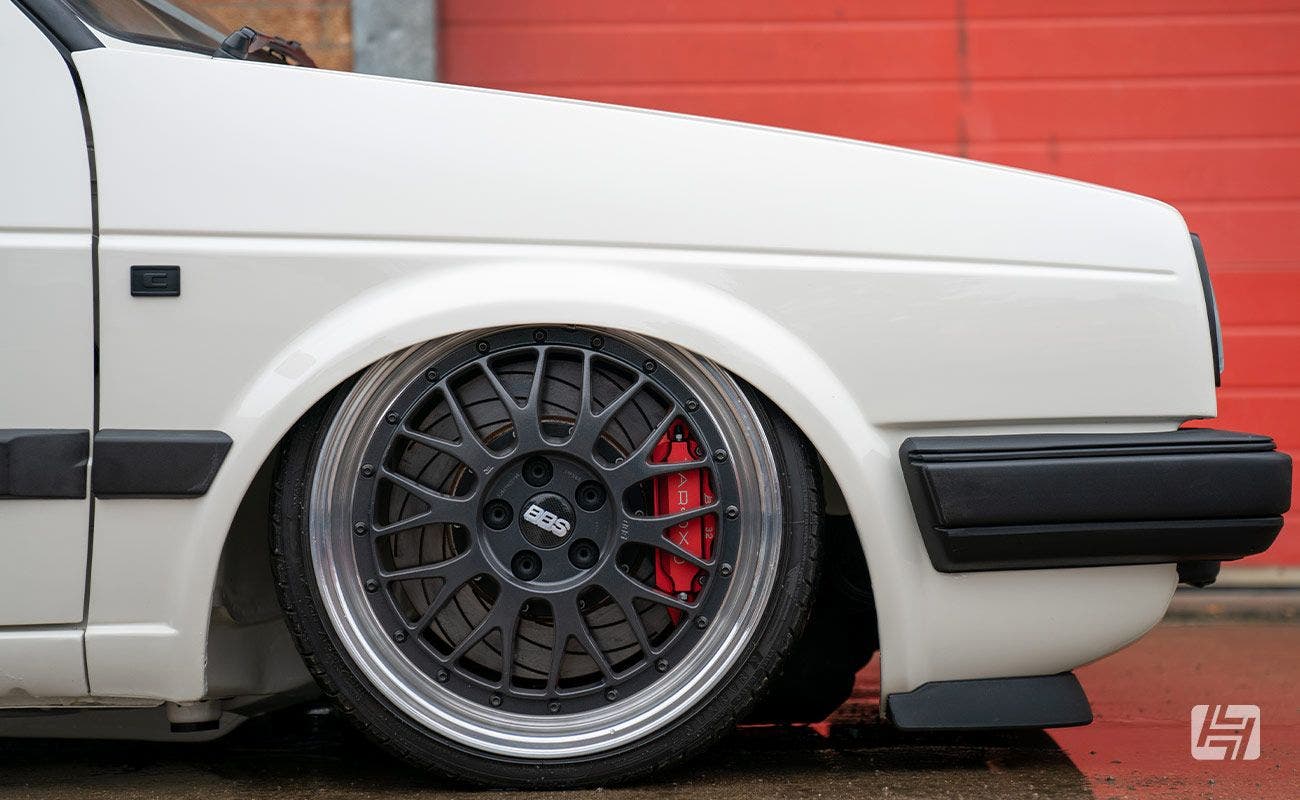

7. Brake Caliper Upgrade
Inside a brake caliper is a piston, often called a pot, and these are fed by your hydraulic brake hoses. When the brake pedal is pressed down, the piston pushes into the back of your brake pads and sandwiches the brake disc to bring you to a halt. It is quite common for owners of modified cars to fit larger calipers, with more pistons, to increase the clamping force available to them. Cost is one of the reasons you might avoid this option; although DIY OEM upgrades are pretty common using calipers from a higher spec model, or even from another manufacturer.


Hopefully one or more of our tips will enable you to improve braking confidence in your classic car, and give you even more opportunity to enjoy driving it, which after all, is what it is all about!
Andy




 Bug
Bug
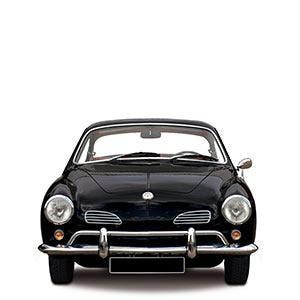 Karmann Ghia
Karmann Ghia
 Bay Bus
Bay Bus
 Vanagon
Vanagon
 Eurovan
Eurovan
 Transporter T5
Transporter T5
 Rabbit Mk1
Rabbit Mk1
 Golf Mk2
Golf Mk2
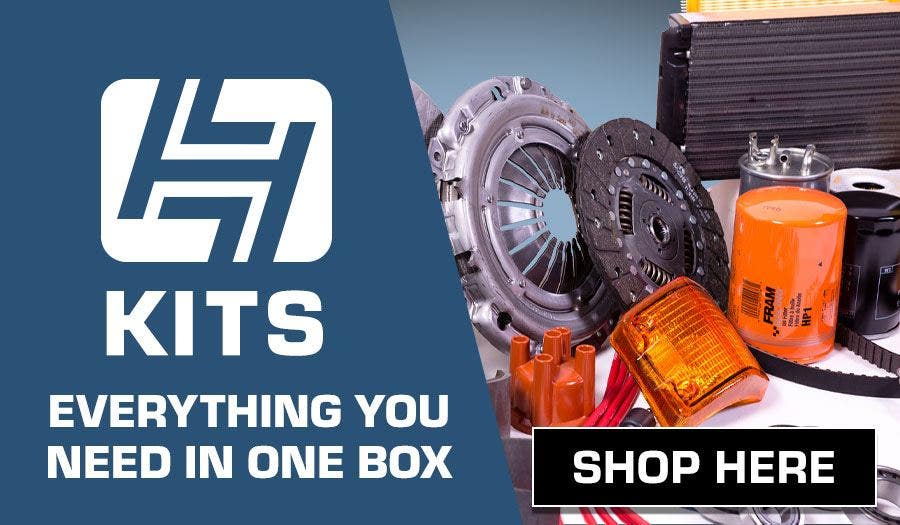

 911
911
 996
996
 997
997
 986 Boxster
986 Boxster
 987 Boxster
987 Boxster
 912
912
 944
944
 924
924
